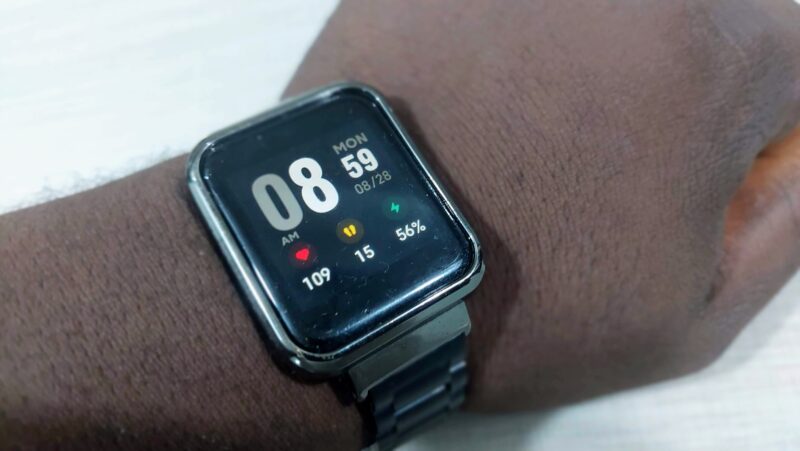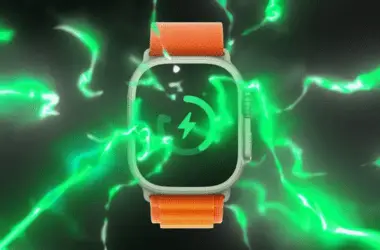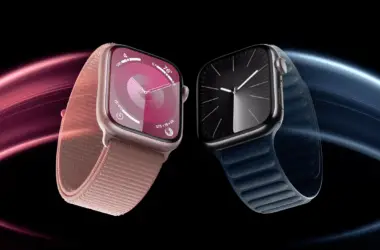As a user of the Redmi Watch 2 Lite, I have always been impressed by its ability to track various health metrics such as sleep, steps, and calories burned. However, one feature that has eluded smartwatches like mine is the ability to accurately measure blood pressure. In my quest to understand why this is the case, I came across an enlightening article by Daniel Allen on Android Police, which shed light on the complexities involved in replicating the blood pressure measurement process on smartwatches. In this blog post, we will delve into the intricacies of blood pressure measurement, explore the limitations faced by smartwatches in replicating this process, discuss watches that do measure blood pressure and their methodologies, assess their accuracy, and analyze the potential future of blood pressure monitoring on smartwatches.
Understanding Blood Pressure:
Blood pressure refers to the force exerted by circulating blood against the walls of blood vessels. It is typically measured using two values: systolic pressure (the pressure in the arteries when the heart beats) and diastolic pressure (the pressure in the arteries when the heart is at rest).
Conventional Blood Pressure Measurement:
Traditionally, blood pressure is measured using a sphygmomanometer, which consists of an inflatable cuff wrapped around the upper arm and a pressure gauge. The cuff is inflated to temporarily stop blood flow, and then slowly released while listening to the sounds of blood flow using a stethoscope. The systolic and diastolic pressures are determined based on the readings during this process.
Challenges in Replicating the Process on Smartwatches:
Smartwatches face several challenges in accurately measuring blood pressure. One key issue is the requirement for a tightly fitting cuff around the upper arm, which is difficult to achieve with the limited physical contact smartwatches have with the user’s wrist. Additionally, the precise detection of blood flow sounds and the elimination of external noise pose significant technological hurdles for smartwatch sensors.
Smartwatches That Measure Blood Pressure:
Despite the challenges, advancements have been made in developing smartwatches with blood pressure monitoring capabilities. For example, the Omron HeartGuide and the Samsung Galaxy Watch 5 are notable options. These watches utilize optical sensors to measure blood flow and calculate blood pressure readings based on algorithms and machine learning. However, it is crucial to note that their accuracy may vary, and they should not be considered as medical devices.
Accuracy and Future Prospects:
The accuracy of blood pressure measurements on smartwatches is a topic of ongoing research and debate. While some studies have shown promising results, others have highlighted the need for further refinement. Factors such as proper calibration, user technique, and individual variations can impact accuracy. As technology progresses, we can expect improvements in measurement techniques and enhanced accuracy.
The Future of Blood Pressure Monitoring on Smartwatches:
As consumer demand for health monitoring features increases, there is a likelihood that blood pressure monitoring will become more prevalent on smartwatches. However, regulatory considerations, stringent accuracy requirements, and the need for validation studies present significant hurdles. It is essential for manufacturers to collaborate with medical professionals and regulatory bodies to ensure the reliability and safety of blood pressure measurements.
While smartwatches have revolutionized personal health monitoring, measuring blood pressure accurately remains a complex task. The limitations posed by the form factor of smartwatches and the intricacies of blood pressure measurement techniques contribute to the challenges faced. Nonetheless, advancements in technology and ongoing research offer hope for the future. As we continue to explore the potential of smartwatches in healthcare, it is crucial to understand the limitations and consider blood pressure measurements as informative rather than diagnostic.









